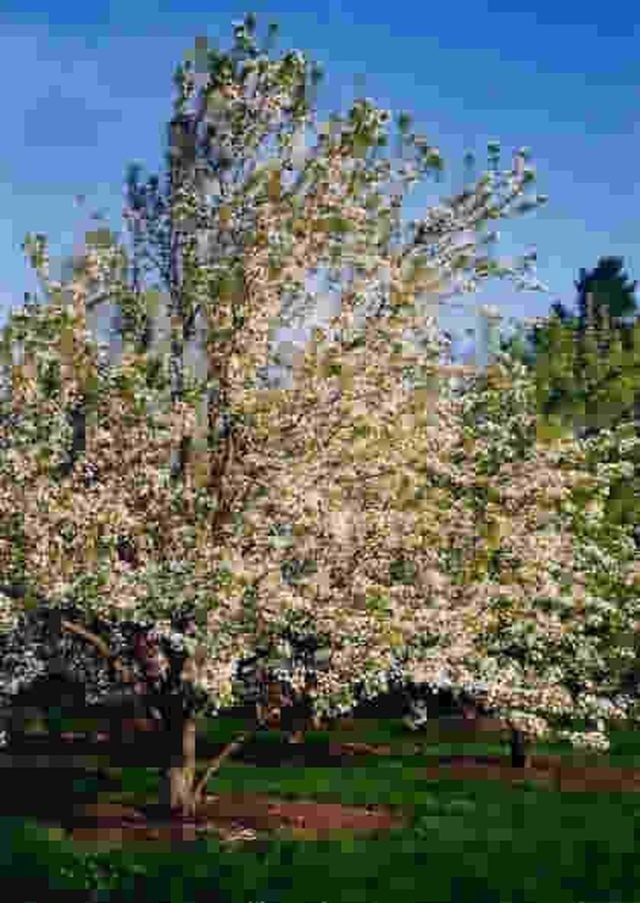Bulbs
Flower Basics
Flower Beds & Specialty Gardens
Flower Garden
Garden Furniture
Garden Gnomes
Garden Seeds
Garden Sheds
Garden Statues
Garden Tools & Supplies
Gardening Basics
Green & Organic
Groundcovers & Vines
Growing Annuals
Growing Basil
Growing Beans
Growing Berries
Growing Blueberries
Growing Cactus
Growing Corn
Growing Cotton
Growing Edibles
Growing Flowers
Growing Garlic
Growing Grapes
Growing Grass
Growing Herbs
Growing Jasmine
Growing Mint
Growing Mushrooms
Orchids
Growing Peanuts
Growing Perennials
Growing Plants
Growing Rosemary
Growing Roses
Growing Strawberries
Growing Sunflowers
Growing Thyme
Growing Tomatoes
Growing Tulips
Growing Vegetables
Herb Basics
Herb Garden
Indoor Growing
Landscaping Basics
Landscaping Patios
Landscaping Plants
Landscaping Shrubs
Landscaping Trees
Landscaping Walks & Pathways
Lawn Basics
Lawn Maintenance
Lawn Mowers
Lawn Ornaments
Lawn Planting
Lawn Tools
Outdoor Growing
Overall Landscape Planning
Pests, Weeds & Problems
Plant Basics
Rock Garden
Rose Garden
Shrubs
Soil
Specialty Gardens
Trees
Vegetable Garden
Yard Maintenance
What Does a Pear Tree Look Like?
What Does a Pear Tree Look Like?. There are approximately 30 species of pear trees in the world and many more varieties, but all of them share some similar characteristics. Pears are related to apples and quinces. Pear trees thrive in temperate, coastal climates all over the world including Europe, Asia and the United States. To identify a specific...

There are approximately 30 species of pear trees in the world and many more varieties, but all of them share some similar characteristics. Pears are related to apples and quinces. Pear trees thrive in temperate, coastal climates all over the world including Europe, Asia and the United States. To identify a specific species or variety of pear, consult a local guidebook or local grower.
Flowers
Pears are of the Rosaceae family and so their blossoms resemble small, wild white roses. These have five petals and are approximately 1 inch in diameter.
Formation
The blossoms grow in clusters of 4 to 10 among ovate shaped leaves. Most leaves are deep green but some species may have a silvery colored leaf. Once pollinated these may begin to produce pears.
Fruit
Pear fruits are tear drop in shape, with some species being shorter and rounder than others. The coloration of the fruit can be anything from a light green-yellow to a deep golden-red. Most varieties ripen during August to September.
Size
Pear trees vary in size, again depending on the species. Most are average in size and can grow to about 30 feet high if not trimmed. Others are more shrub-like in stature.
Bark
In the fall pear trees lose their leaves as they are deciduous. Going dormant helps them to endure the winter temperatures. The bark of most pear trees is smooth and silvery gray to reddish brown in color.